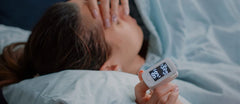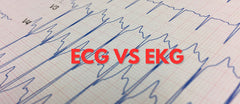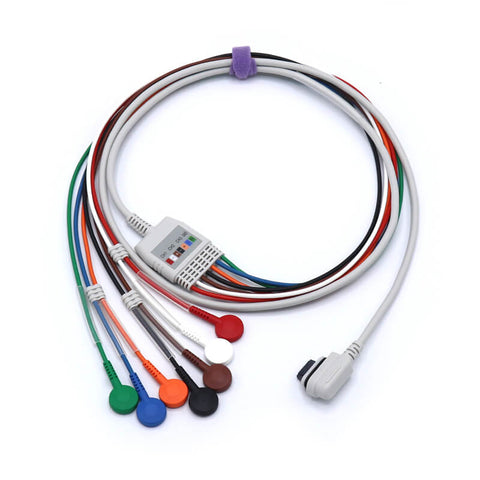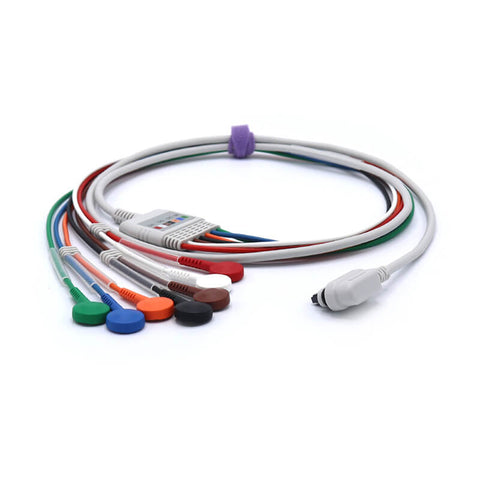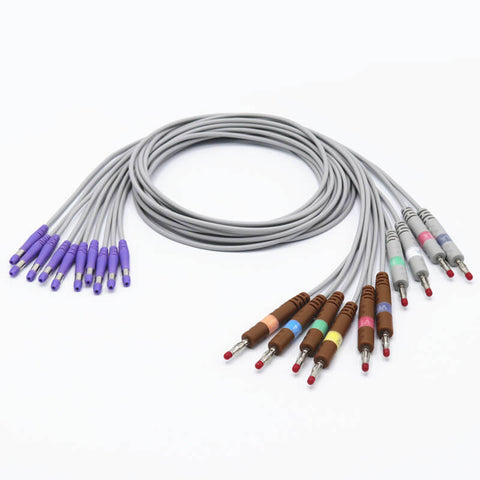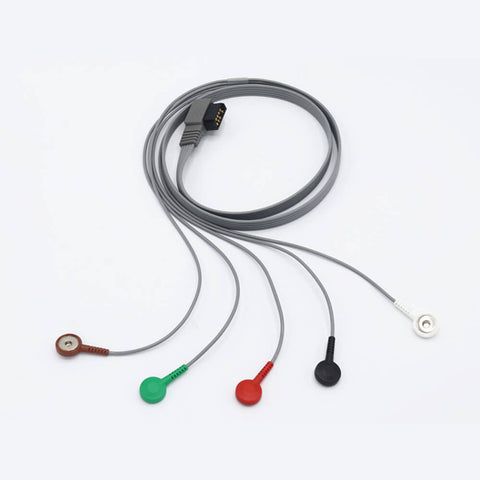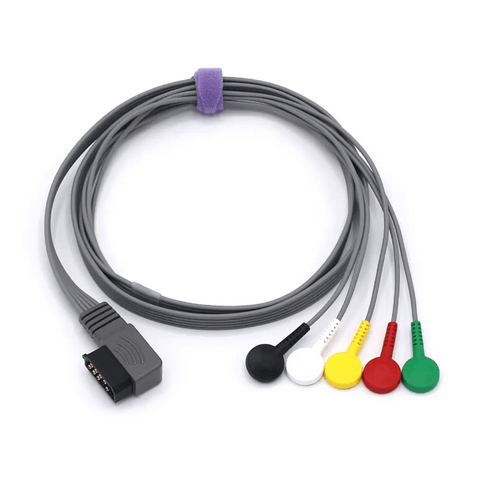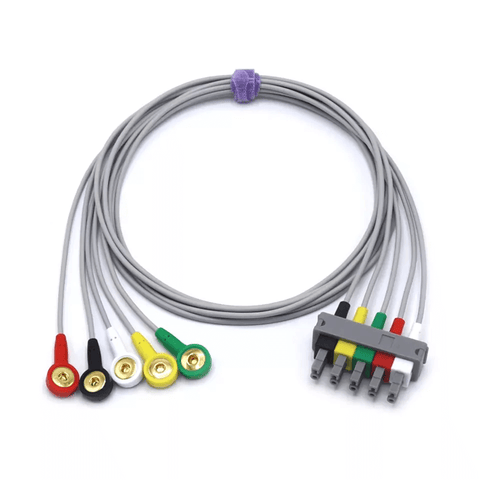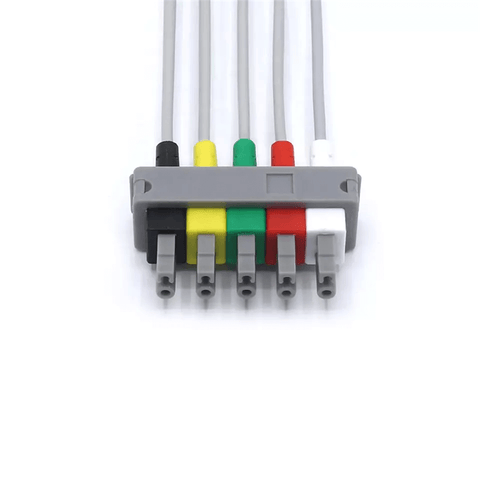What is the thing you put on your finger to check oxygen?
The device you put on your finger to check oxygen is called a pulse oximeter. It's a small, clip-on device that painlessly measures your blood oxygen saturation (SpO2) and pulse rate. By shining a light through your fingertip, it can instantly read oxygen levels, making it a common tool for home health monitoring, especially for individuals with respiratory conditions.
What is the thing you put on your finger to check oxygen?
The device is known as a pulse oximeter. It is a non-invasive medical device that clips onto your finger, earlobe, or toe to monitor key health metrics.
-
What it Measures: It primarily measures your blood oxygen saturation (SpO2) and your heart rate (pulse).
-
How it Works: According to health authorities like Kaiser Permanente, the device works by shining two types of light through your skin. A sensor on the other side detects how much light is absorbed by your blood. Oxygenated and deoxygenated blood absorb light differently, allowing the device to calculate your SpO2 level.
-
Common Uses: While essential in hospitals and clinics, pulse oximeters are now widely available for safe and effective use at home. They are particularly valuable for people managing conditions like COPD, asthma, or for general wellness observation.
What is a Finger Oxygen Monitor Called?
The common name for the device you put on your finger to check oxygen is a pulse oximeter or a finger pulse oximeter.
How Does a Pulse Oximeter Work?
It uses a method called spectrophotometry. Simply put, it clips onto your fingertip and emits beams of red and infrared light through your skin and blood. The sensor measures the amount of light absorbed on the other side. Since oxygen-rich blood absorbs more infrared light, the device can accurately estimate the percentage of oxygen in your blood.
What Does It Measure?
A pulse oximeter provides two key readings:
-
SpO2 (Oxygen Saturation): The percentage of your blood that is carrying oxygen.
-
Pulse Rate: Your heart rate in beats per minute.
Where Can It Be Used?
While the fingertip is the most common placement, it can also be used on the earlobe or toe, especially for infants.


